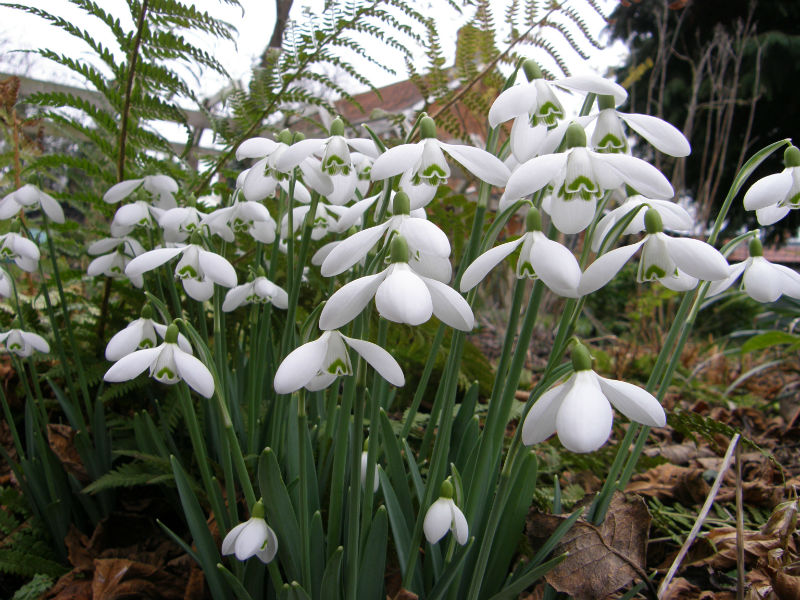
I’m already behind on weeding and tidying the beds, last weekend I had had enough of turning earth, and weeding and last minute plant upheavals. All 3 Cornus Midwinter Fire have gone on the move recently having outgrown an allotted space. That space now needs further fettling but the ground is too wet.
Having been down and dirty last weekend I did wonder about why we call…
Earth | Soil | Compost | Mold | Mud and in the US, Dirt. Dirt has always struck me as rather a dismissive word for something so vital to gardeners. But then I started looking up the derivations of our words and some do come from the excrement end of things.
- Earth – Germanic origin into old English eorthe also meaning land or place.
- Soil – latin solum to French soille specifically miry ground and also generally meaning land or place (but has dirty connotations soiled goods, etc.)
- Compost – latin composita to Middle English from French.
- Mold – loose earth, Germanic/Norse/Dutch (molde warp = mole).
- Mud – probably Germanic, first used in the 14C (used to mean lowest of the low by the 1580’s).
- Dirt – 13C Drit meaning mud or dung from norse Drit = shit (Dritt in modern Norwegian). So US gardeners are ‘paying homage’ to Old Norse!
- Ground – Germanic into Old Norse, grund is a grassy field, the suggestion is the word stems from to grow which goes back to proto german. In the UK ‘grow’ as a word came to replace Old English Weaxen also germanic as in the waxing or growing/increasing moon which is mostly how we’d use it today (or waxing lyrical!).
Source mainly Etymology dictionary
So there we have it, mainly digging deep with our Anglo-Saxon and Norse forbears (dig may have come from old german, ditch). I can ponder on all this as I work away with my hand fork or slice into the ground to plant over the coming weeks.
Don’t throw me in the briar patch
And this morning I’d had quite enough of brambles as we cleared a side of the 1 acre parish field.
One has to admire their will to win, great arcs of thick, dark green slightly ribbed sprawling growth forming mats in the host hedgerow trees. Sneaky small prickled thinner stems, tip rooting as they snake under last year’s mats and tumps of frost deadened annual grass. Some could be easily wrested from the ground, a tight explosion of white roots anchoring the next new plant, ready to keep on a relentless march across the field. Others remained stubbornly rooted, and although razed will live another day.
A couple of weeks ago I was amazed at how quickly a sheep can get totally stuck and unable to extricate itself from only one or two brambly tentacles anchored lightly but firmly in their wool as they browsed the winter battered bramble leaves.
This was our last day to do the hedging before it’s officially nesting season and the birds get the hedgerow to themselves.
And we need some brambles, they gave me blackberries last year for jam, insects and butterflies love the flowers and I watched Bullfinches a few weeks ago eating the seeds, the ghosts of the berries all flesh long gone. This will mean bramble seedlings in beds and borders, another sneaky colonising strategy!
Their race is nearly done
For another year. Daffodils are picking up the baton from the galanthus, the white of February gives way to the yellows of March. Brenda Troyle, (pictured) has much larger flowers than your normal every-day snowdrop and seems to be steadily and happily increasing.
Bye late winter – hello early spring!

